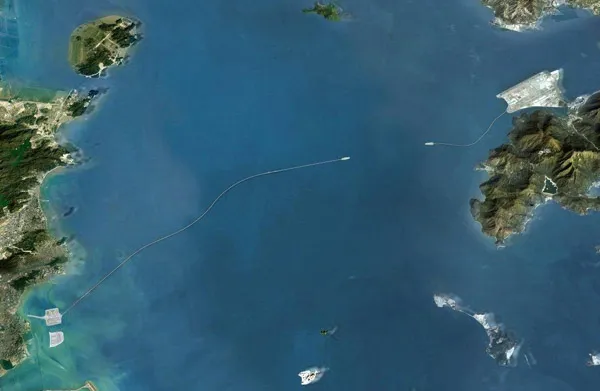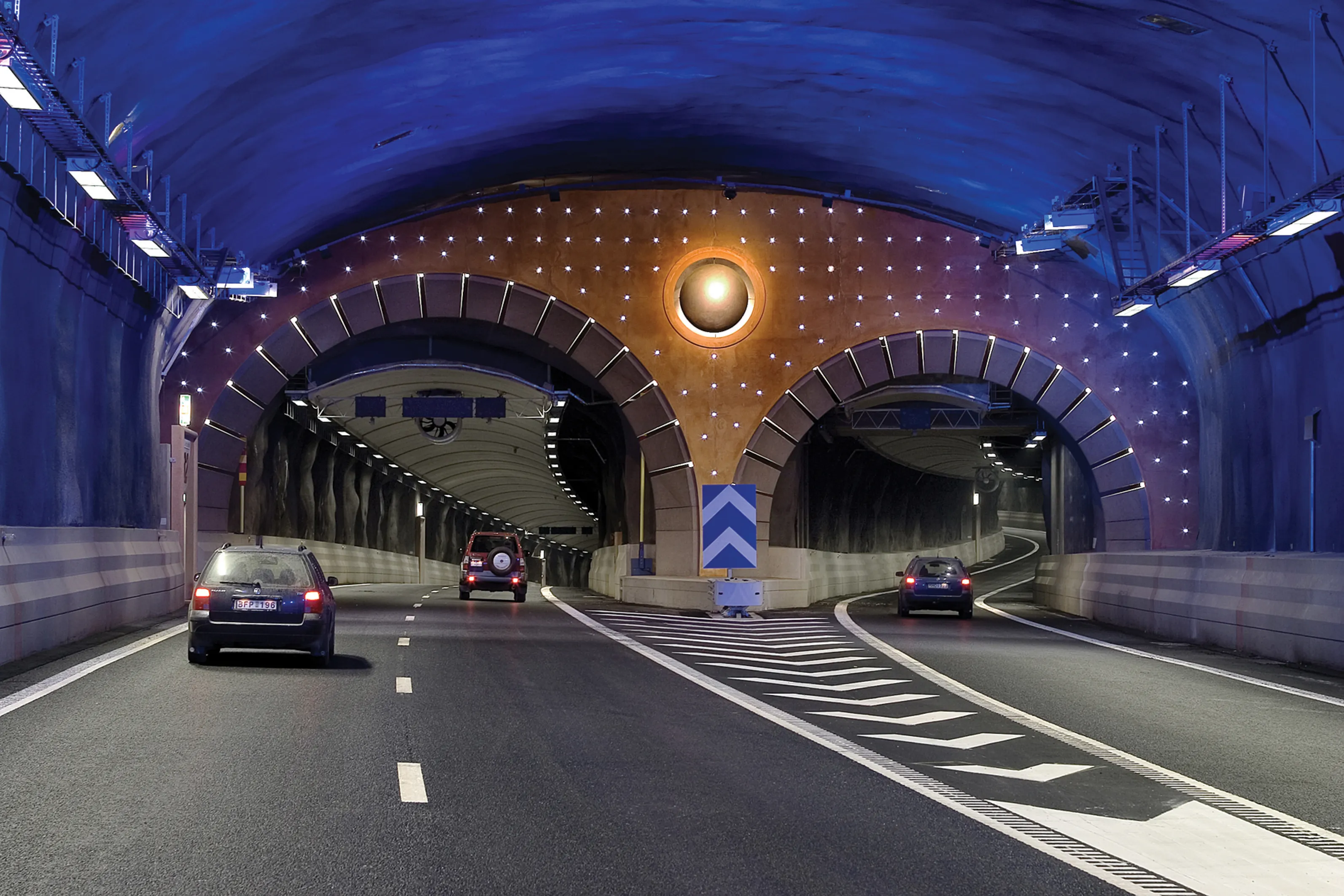Work is now starting on a major tunnel project in the US state of Virginia. Construction of a second tunnel connection for the Chesapeake Bay is expected to cost US$756million. The original Chesapeake Bay Tunnel and Bridge crossing opened to traffic in April 1964 and measures just over 37km long. Construction of a second parallel bridge was commenced in 1995 and opened to traffic in 1999. However the central tunnel link was not widened at that time and now carries more traffic than it was designed for, whil
September 20, 2017
Read time: 2 mins
Work is now starting on a major tunnel project in the US state of Virginia. Construction of a second tunnel connection for the Chesapeake Bay is expected to cost US$756million. The original Chesapeake Bay Tunnel and Bridge crossing opened to traffic in April 1964 and measures just over 37km long. Construction of a second parallel bridge was commenced in 1995 and opened to traffic in 1999. However the central tunnel link was not widened at that time and now carries more traffic than it was designed for, while also suffering some delays at peak periods. To increase capacity as well as to boost safety, a second bore is now being constructed and this will eliminate the need for two-way traffic as at present.
This new tunnel will be driven using a TBM with the work being carried out by the Chesapeake Tunnel Joint Venture, a partnership between the contractors








